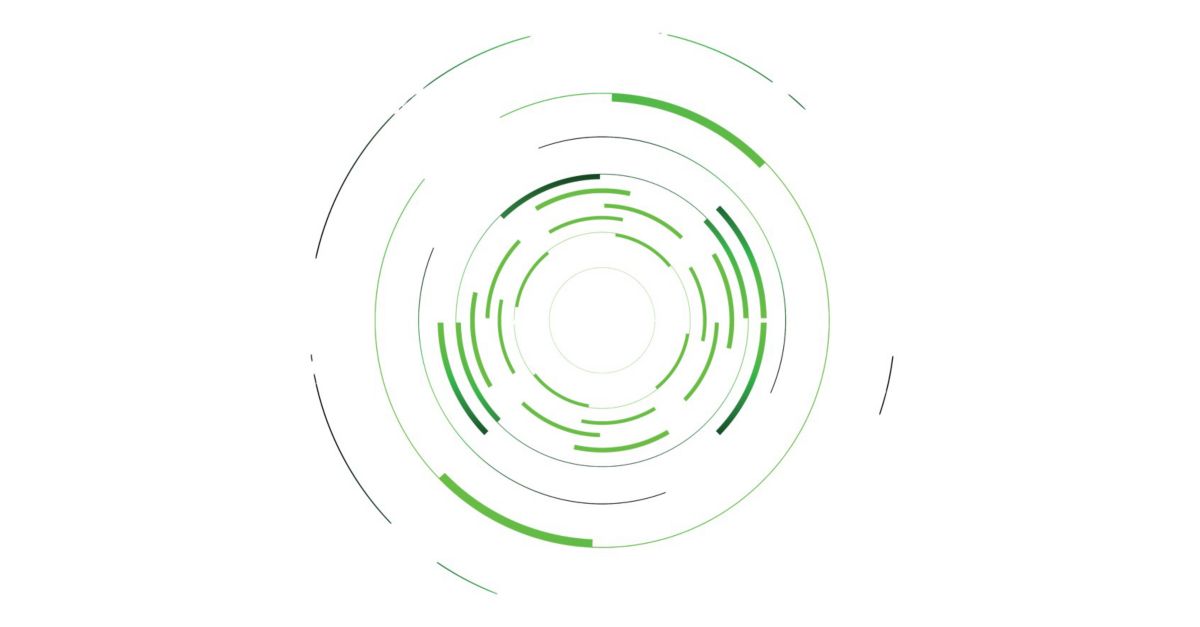- Eight out of ten Germans predominantly watch linear television.
- User numbers for video-on-demand subscriptions are stagnating.
- Provider hopping: One in ten respondents both took out and canceled a subscription last year.
Munich, October 21, 2024 – In 2024, 81 percent of Germans will continue to watch linear television predominantly, i.e. more than half of their viewing time. Three years ago the proportion was 83 percent and is only falling minimally (see Fig. 1). This surprising result comes from the 16th edition of the Deloitte Media Consumer Survey, which examines the German consumer perspective on TV and video services.
“Classic television remains relevant and consistently plays to its strengths compared to streaming services. “The audience particularly appreciates the live character and the fact that you can just let it play along without having to worry about the next item on the program,” says Sophie Pastowski, media expert and director at Deloitte, classifying the results.
Not another subscription
At the same time, the consumer perspective on the video-on-demand market is showing the first signs of saturation. 64 percent of those surveyed now have at least one paid subscription, which is by no means all, but just as many as in the previous year (see Fig. 2). In the households in which subscriptions exist, the average number increased only moderately from 2.2 to 2.5. Provider hopping can also be observed: subscriptions are only taken out temporarily, for example to watch a specific series. Once the season is over, the subscription will be canceled again. Almost one in ten said they had both taken out a subscription and canceled one in the past year (9.5%).
“The enormous growth that video-on-demand services experienced during the Corona period has now ebbed. But even if the number of users has reached a plateau, interest in the content has by no means weakened: almost every second person streams more than they did twelve months ago,” says Sophie Pastowski. “The competition for TV and video audiences’ screen time and budgets will become even more intense in the future,” she estimates.
Being there is everything – but at any price?
Whether football, Formula 1 or tennis: live broadcasts of major sporting events are very popular with TV audiences. However, the audience success is also accompanied by enormous investments, because the acquisition of broadcasting rights is highly competitive and correspondingly expensive. This makes it all the more important that this content can be monetized. German media users are open about this. Six out of ten respondents are generally willing to pay for live sports subscriptions (59%). But only within a moderate price range: Less than 15 percent of those surveyed would spend a total of more than 30 euros on sports subscriptions.
AI skepticism still prevails
The TV and video landscape offers a wide range of applications for artificial intelligence, from AI-based content search to generated special effects in film production to support in news production. When asked about their views on this topic, Germans across all ages are more skeptical about AI (see Fig. 3). What is interesting in this context is the feedback from young media users. 14- to 18-year-olds surveyed would be more likely to accept the use of AI in news creation (36%) than in film production (33%). “This result shows how important it is to continually strengthen users’ media and technology skills. Media companies should also always provide transparent information about the use of AI,” concludes Sophie Pastowski.
